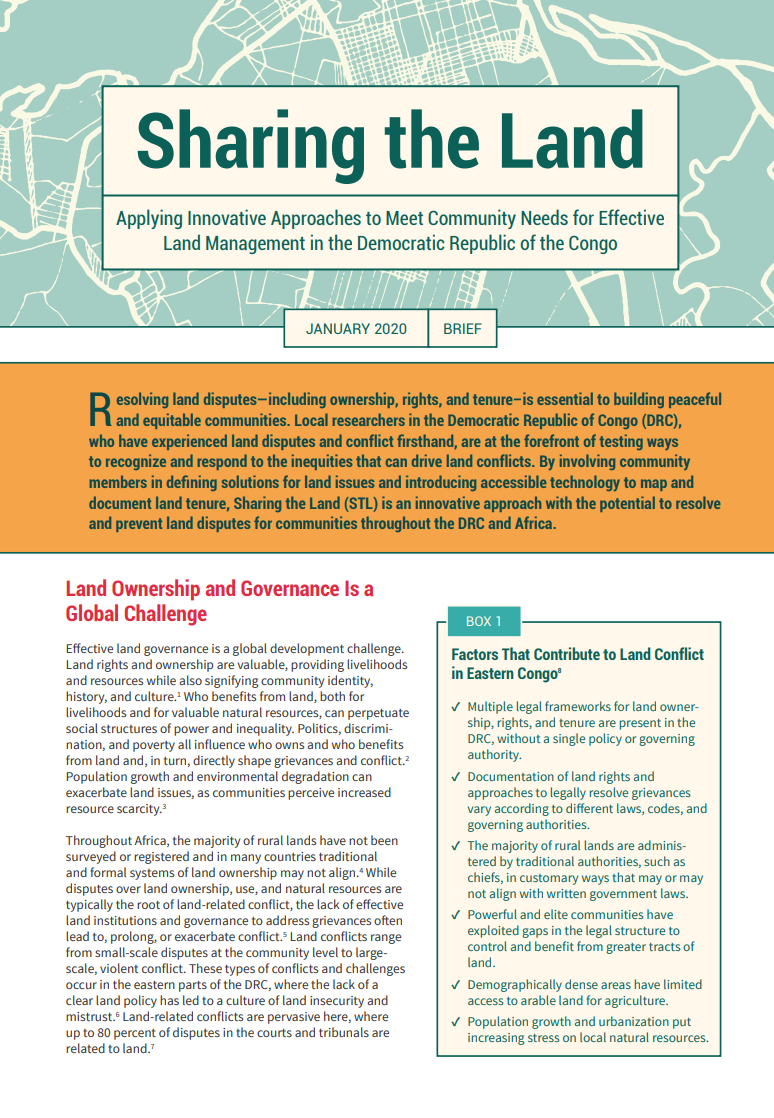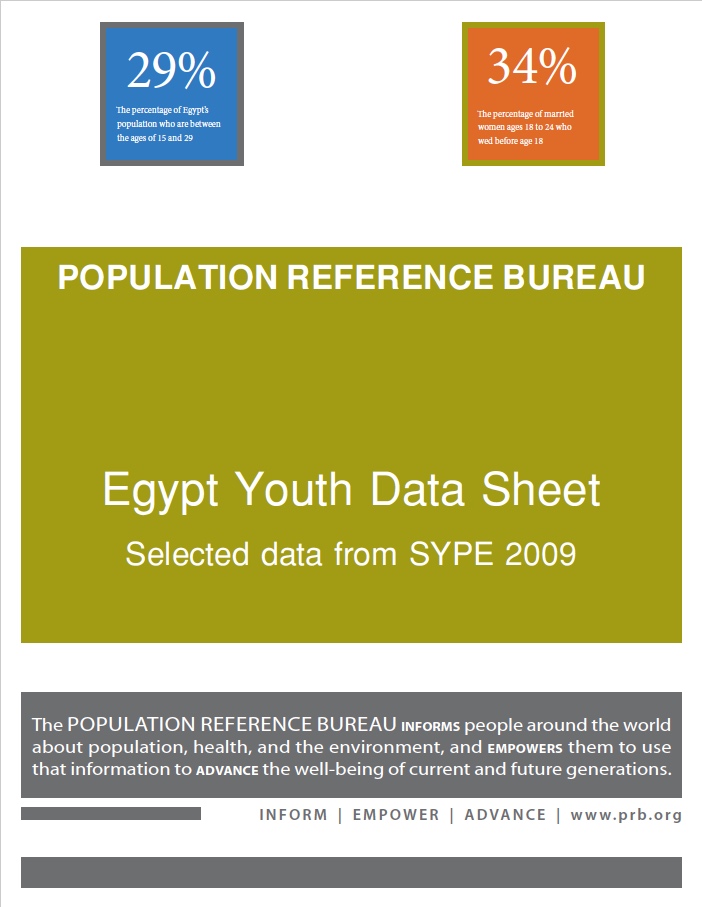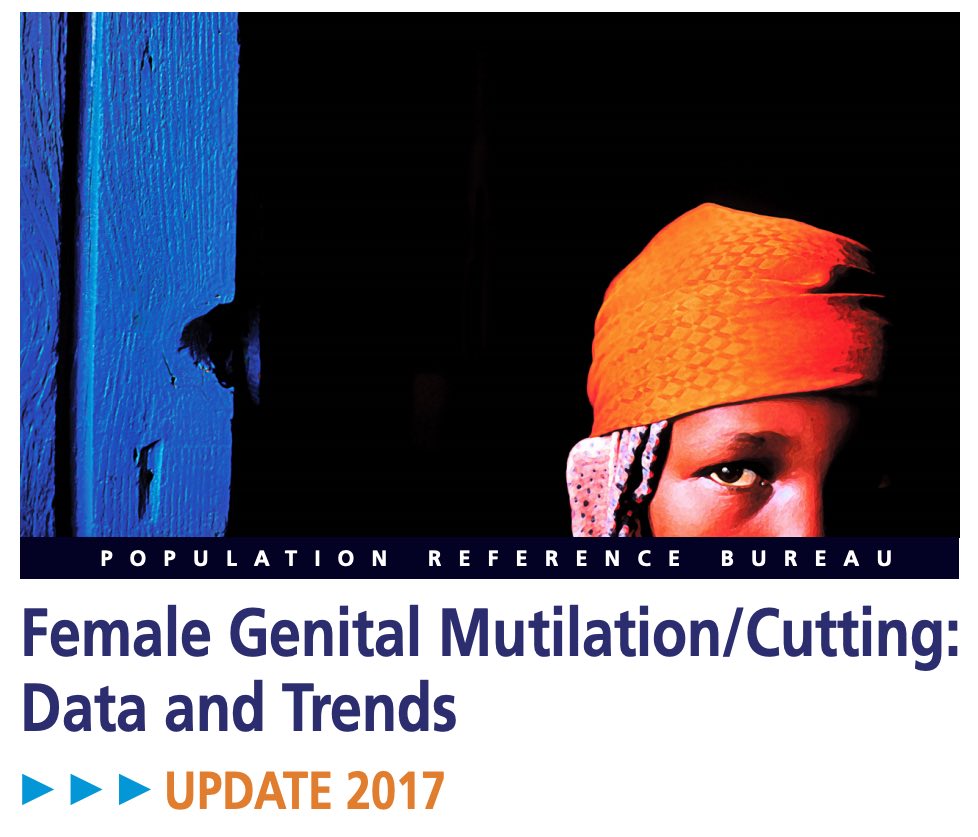Bridging High Impact Family Planning Communications and Advocacy
Investment in effective policy and program interventions for youth family planning (FP) improves the use of data and evidence for FP advocacy.
Investment in effective policy and program interventions for youth family planning (FP) improves the use of data and evidence for FP advocacy.

Project: Evidence to End Female Genital Mutilation/Cutting
From 2015 to 2019, the African-led consortium developed innovative research methods and uncovered new evidence about the practice and how it is changing—focusing on families and communities, and health and legal systems—in eight countries: Burkina Faso, Egypt, Ethiopia, Kenya, Nigeria, Senegal, Somalia, and Sudan.

Project: Research Technical Assistance Center (RTAC)
This innovation brief describes Sharing the Land’s promising approach to address land conflicts and promote transparency in land governance in the Democratic Republic of Congo.

(2012) Jan. 25, 2012, marked the one-year anniversary of the antigovernment protests in Egypt that led to President Hosni Mubarak's resignation. Hundreds of thousands of Egyptians, including a vast majority of young people, demanded political freedom, better wages, and better working conditions.

Project: PACE: Policy, Advocacy, and Communication Enhanced for Population and Reproductive Health
Female Genital Mutilation/Cutting: Data and Trends Update 2017, produced with support from the U.S. Agency for International Development, provides the latest data on the practice in 29 developing countries with representative and comparable data—although FGM/C occurs worldwide.